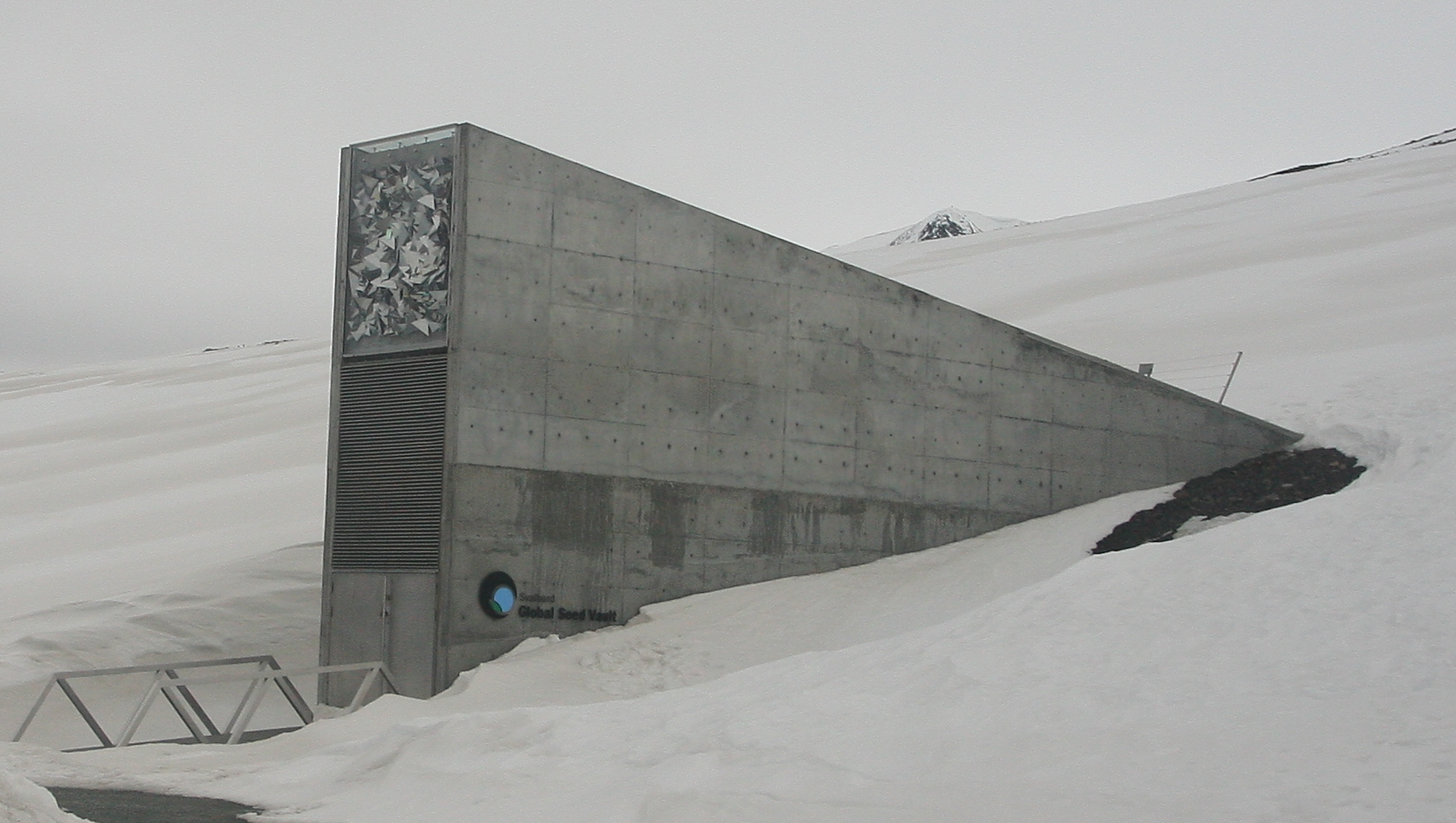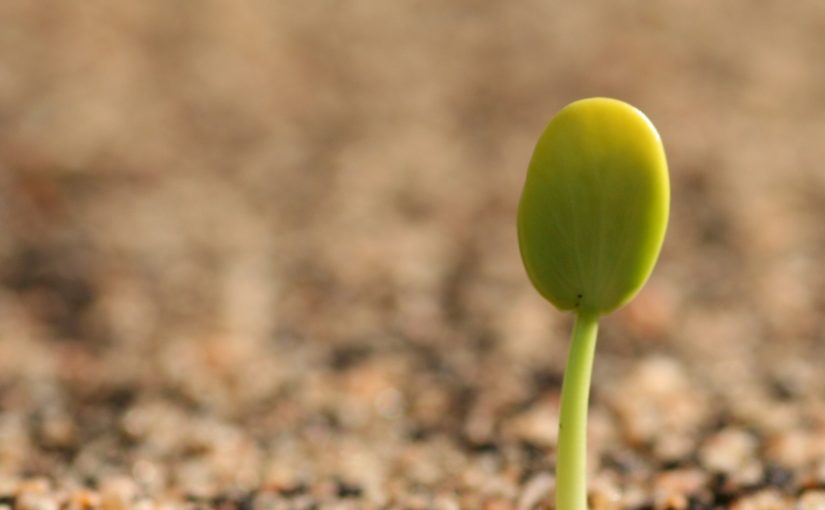Many gardeners, myself included, have that stash of old seed packets or saved seeds from garden seasons past, just waiting for the right time to be planted. They may be shoved in a drawer, a box, or in the fridge/freezer. Maybe you’re pulling some out of storage to start this spring – will they even germinate? Are those seeds good indefinitely? Do they ever expire? The answer to that really depends on what plant it is and how they are stored. While there isn’t a date where all the seeds go bad, they will eventually go bad over time. Why is this? And how can I make sure to use my seeds before they’re gone? Let’s find out!
Why Good Seeds Go Bad
While we think of seeds as perhaps inert, dormant, or in stasis they’re still very much alive and therefore are still undergoing processes like respiration, though at a much lower rate than a growing plant. During respiration, the seed (and plant within) are converting the stored sugars and starches in the endosperm to release energy. Once the germination process starts with the imbibition of water, the respiration rate increases drastically. A large amount of stored energy is needed to get through germination and sustain the seedling until it has its first set of true leaves and can photosynthesize on its own.

The shelf life of seeds is determined by the amount of energy that is stored, the amount used during storage, and the amount needed from germination to leaf development. This means that there’s a limit to how long a seed can stay in storage. After a while the seed loses viability if it doesn’t have enough energy stores to get it far enough along to photosynthesize on its own or to have that first burst of respiration at the initiation of germination. When searching for resources, keep in mind that viability refers to the ability of the seed to produce a robust seedling while germination refers to breaking of dormancy. The terms are inter-related, but the rates are not necessarily the same.
Some seeds have evolved to sit dormant for a long time, while others have a very short lifespan. It usually turns out that the seeds that last longest in storage are weeds that have evolved to wait long periods of time for an opportunity to germinate. Garden seeds tend to be on the shorter end of the storage time scale. A now 140-year old ongoing experiment at Michigan State University has given some interesting insight. In 1880, William Beal (one of the fathers of horticulture) buried 20 vials full of a variety of seeds (garden and weed) in secret locations around campus. The plan was to dig one up every 5 years and see what germinated. However, after the fist few rounds the cycle was bumped to 20 years. A vial was opened in 2000 and only one species, a weed, still germinated. This year is another germination year – we’ll have to wait and see if the mullein will germinate again this year.
How long will my seeds last?

There are a few good sources that pull data from a variety of sources. The figure below lists some life expectancy times for common vegetable crops published by Nebraska Extension, using two common manuals on seeds as sources. You’ll also find some likes to other data, including average storage times for flowers, herbs, etc. in the references section (while we don’t typically promote commercial sites, the guide from Johnny’s Select Seeds has a good list of plants and has a variety of extension and academic sources listed). Like the MSU experiment, most of this research was done a while ago, but the data is still a good generalization. Most sources say that these time estimates are based on storage in optimal conditions. According to Johnny’s Select Seeds, “The actual storage life will depend upon the viability and moisture content of the seed when initially placed in storage, the specific variety, and the conditions of the storage environment”.
What are these “optimal” conditions? Generally the conditions are low humidity and low temperature. Low humidity ensures that the seed stays dry, avoiding potential initiation of germination. Low temperature reduces the respiration rate, slowing down usage of stored energy and increasing longevity. Optimal temperature for storage is below 42°F (15°C). Relative humidity should be between 20 and 40%.
The relationship between temperature and humidity seems to be inverse – meaning that as storage temperature goes lower, humidity can be higher and vice versa. However, storage times increase as both go down. Many sources state that seed longevity doubles for every one percent drop in humidity or five degree (F) drop in temperature. The relative humidity of the air affects the moisture level in the seeds. Germination usually starts at 25% moisture (and above). Ideal moisture levels for storage range between 8 and 12 percent and levels between 12 and 25 can lead to degradation of seeds, growth of fungi, etc. On the flip side, moisture levels below 5% can decrease vigor. Organizations like seed banks and germplasm centers that store seeds long term often will desiccate seeds to around 8% humidity to extend storage, but this isn’t usually needed for home gardeners.

Storage tips
Knowing that we need low temperatures and low relative humidity to extend seed life gives us some clues on how to store seeds to get the longest shelf life. This is key info if we’re trying to start seeds in spring that have been stored, or if we need to store extra or saved seeds. For the needed temperature levels, your standard home refrigerator is acceptable. Storage temps for cold foods are around the 40°F mark. However, humidity in a refrigerator is very variable. Humidity can skyrocket when doors are open, as condensation settles from warm room air settling on surfaces accumulates. Auto defrost cycles can also alter humidity. You’ll want to think about a desiccant like those silica packs to ensure that your seeds don’t get too moist. Store them in a plastic bag with the desiccant, and for added protection I always put mine in a sturdy container like a plastic box (or even a canning jar). Storing seeds in a freezer may help with the humidity issue, as any moisture that enters is frozen. You might also want to think about letting your bag or container warm up to room temperature before opening so that you don’t get condensation on the packets or the seeds themselves.
Sources:
Vegetable Garden Seed Storage and Germination Requirements – Nebraska Extension
Principles and Practices of Seed Storage – USDA
Seed Storage Guide – Johnny’s Select Seeds
Smith, R. D. (1992) Seed storage, temperature, and relative humidity. Seed Science Research 2, 113-116
120 Year Old Experiment Sprouts New Gardening Knowledge – MSU

John, I have been searching for an answer that you may have addressed in this article. The seeds of certain native woody species are said to stay viable for decades… Even 50 years or more. Some stay dormant for particular conditions, such as a fire. How is the length of seed viability determined? Surely, researchers aren’t storing vials of all these species, or is that how it is done?
For the most part, that’s how its done. Most of that research was done decades ago – there aren’t a lot of scientists doing applied field research like this these days. As I mentioned, the Michigan State research is still ongoing after 100 years..but that’s a rare case. These days there is more study done on genetics – which can help provide some details of potential for long term storage and how plants act under certain treatments.
I’ve had (lost and found again) 12+ years old heirloom Tomato, Squash and Bean seeds germinate. Stored dry and cool, in a darkish place will make them last a very long time. Having said that, I don’t usually buy seeds from big seed companies, only small outfits, gardeners and collectors, this might be the reason.